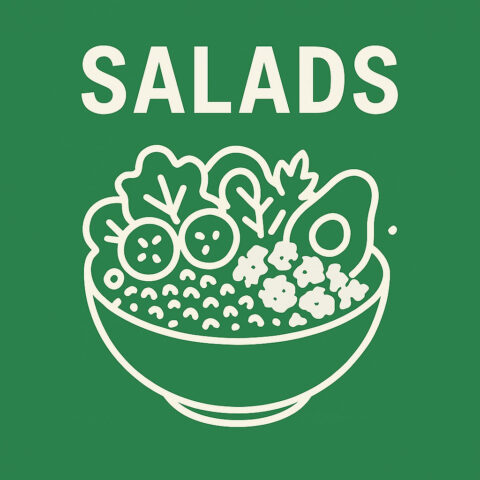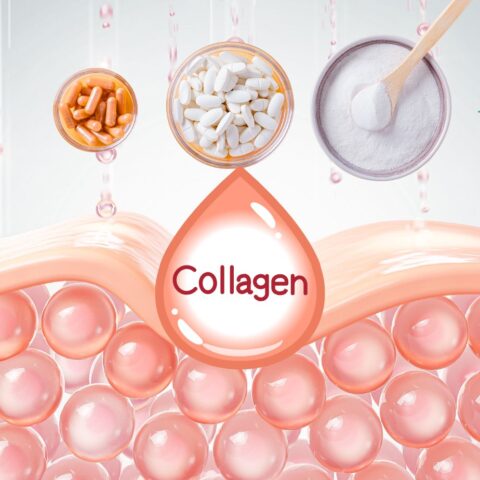All food products must meet specific standards of labeling that the FDA regulates to ensure customer safety. Meeting these requirements is vital to preventing health hazards and maintaining customers’ dependability on brands. In this blog, we’ll discuss the different types of food product labeling requirements to ensure your business meets these standards.
Ladle of Contents
Statement of Identity
The first required label for all food products is a statement of identity. This label indicates what food is being sold to the consumer. This label’s placement must be on the principal display panel or front-facing area of a company’s packaging. These labels help customers identify products quickly and conveniently.
Nutrition Facts
Companies must place nutrition fact labels on the information panel of product packaging. This label displays the nutritional information of a product’s contents to customers. Within the nutrition facts label, the serving size and servings per container must be listed. Companies must then list a product’s total calories, fat, sodium, cholesterol, carbohydrates, fiber, sugar, protein, calcium, vitamin D, and iron below these measurements.
Ingredient List
Food product labeling requirements also mandate all produce to display an ingredient list label. These labels list both the common and chemical names of present ingredients in a product. These ingredients must always be sorted in order of descending weight content. Ingredient list labels are placed on the same panel as a manufacturer information label. This requirement encourages customers who may have questions or concerns with ingredients in products to contact manufacturers for fast and convenient clarifications.
Allergen Statement
All food products must create visible and clear allergen labels. Common allergens that require immediate labels include milk, egg, fish, tree nuts, wheat nuts, soybeans, and shellfish. It is imperative to have proper allergen labeling in order to avoid severe or life-threatening reactions in customers with allergies. Businesses should place allergen labels adjacent to ingredient labels to ensure customers can identify what products are safe for personal consumption.
Manufacturer Information
The FDA also requires that products include the name and address of a product’s manufacturer. These labels provide a line of communication between customers and businesses to help answer questions and prevent possible concerns,
These requirements ensure customers can depend on their favorite food brands and consume their groceries safely. Always check product packaging to inspect how labels can be more visible and accessible to customers while meeting FDA requirements. Adhering to these labels will reinforce your brand credibility and protect the well-being of your customers.








